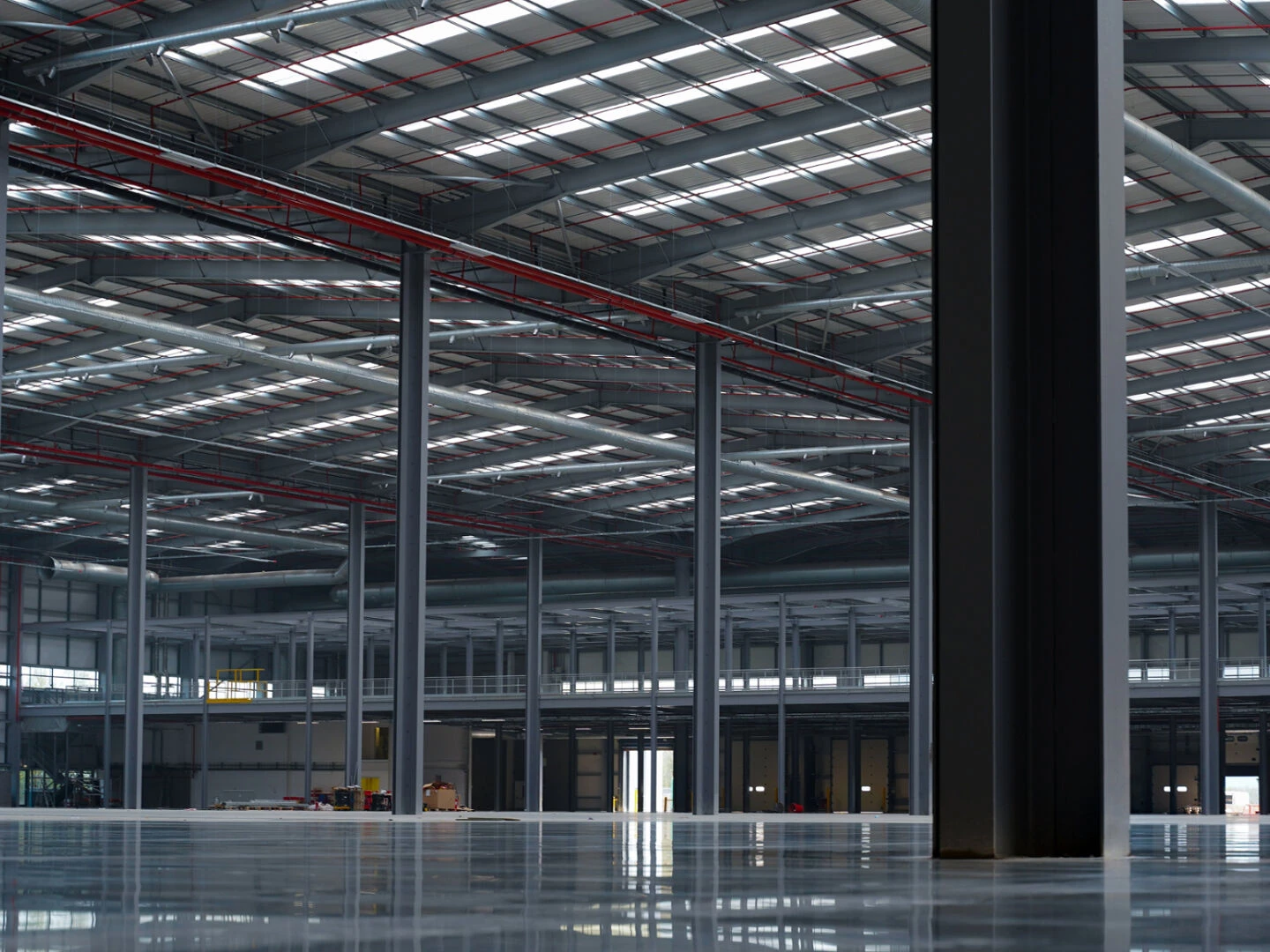The Unseen Shield: Paint Is More Than Aesthetic
To the untrained eye, a freshly painted factory appears to be a simple cosmetic upgrade. However, for those in the know – facility managers, engineers, and operations directors- it's clear that industrial-grade coatings are a crucial defence mechanism.
These coatings protect vital infrastructure from corrosion, chemical exposure, humidity, extreme temperatures, and even microbial contamination. In industrial workplaces, such as food production, electronics, and heavy manufacturing, the wrong paint – or worse, deteriorating coatings – can compromise safety, compliance, and operational efficiency.
A Science-Backed Solution to a Structural Problem
Industrial coatings are specialised chemical formulations designed for demanding industrial environments. For example, epoxy coatings provide chemical, impact, and abrasion resistance, while urethane coatings offer UV stability and weather resistance for outdoor applications. Zinc-rich primers help prevent corrosion on steel surfaces by providing cathodic protection, essentially sacrificing themselves to rust before the metal does.
These are precision solutions developed through materials science and chemistry. Leading manufacturers invest heavily in research and development (R&D) to ensure their coatings meet performance specifications. Professionals choosing coatings must account for surface type, environmental exposure, and expected wear – a balancing act that separates a long-lasting finish from premature failure.
Real-World Consequences of Neglect
In 2022, a mid-sized processing plant suffered a multi-million-pound loss when corroded support beams caused a partial collapse of the ceiling. Water intrusion and deteriorated coatings, which had been unmaintained since the early 2000s, resulted in financial losses, fines, production delays, and reputational damage.
This issue is not unique. Inadequate maintenance of industrial coatings can lead to rust on structural steel, blistering on concrete floors, and deterioration of containment areas -- all of which can compromise worker safety and operational continuity. For factory owners, the takeaway is clear: deferred maintenance comes at a high price.
Tailored Systems for Every Environment
One-size-fits-all is a myth when it comes to industrial paint systems. A facility that manufactures pharmaceuticals will have vastly different coating needs than a heavy equipment plant. The former requires antimicrobial coatings that meet regulatory standards. The latter needs abrasion-resistant floors that can withstand constant forklift traffic and dropped tools.
Customisation begins with a detailed site assessment. Reputable contractors will examine everything from surface condition and past coatings to ambient moisture and ventilation. Moisture vapour transmission testing, adhesion pull-off tests, and chloride contamination checks are standard practice before specifying a system. Only after this data is gathered can the contractor select primers, build coats and topcoats that will work together effectively.
Expert Application Makes the Difference
Even the best coating system is only as effective as its application. Surface preparation is critical, typically involving abrasive blasting or diamond grinding to ensure the new coating adheres properly. Failure to prepare the substrate is the number one reason coatings fail prematurely. That's why certified contractors follow industry standards (NACE, SSPC) and use moisture meters, film thickness gauges, and holiday detectors during the application process.
In an era when factory downtime is expensive and labour shortages affect every industry, professional painting teams often work in shifts, including nights and weekends, to ensure minimal disruption. Some projects even incorporate fast-cure coatings that allow for full use of the space within 24-48 hours a vital feature for plants that operate 24/7.
Cost, ROI, and Long-Term Value
Factory owners often question the return on investment (ROI) of premium industrial coatings. The reality is that high-performance paint systems are a small investment compared to the cost of structural repairs, contamination cleanups, or lost production. A zinc-rich epoxy system with a polyurethane topcoat may be more expensive per square foot installed, but it can protect steel surfaces for 15-20 years with proper maintenance.
More importantly, modern coatings contribute to safety, energy efficiency (light-reflective finishes), and compliance with fire codes and environmental regulations. Maintaining painted surfaces is a requirement, not an option, for those pursuing regulatory certification or working under strict protocols.
The Bottom Line: Prevention is Protection
Applying industrial coatings to your factory is a strategic maintenance practice that protects your infrastructure, much like an insurance policy. They protect your assets, your people, and your bottom line. While it may be tempting to delay that next coating project, experienced professionals will remind you that time, moisture, and neglect are relentless. Industrial-grade coatings are your best defence.

